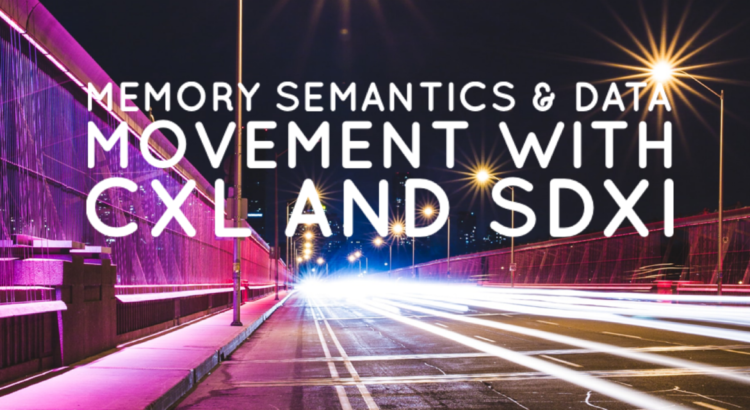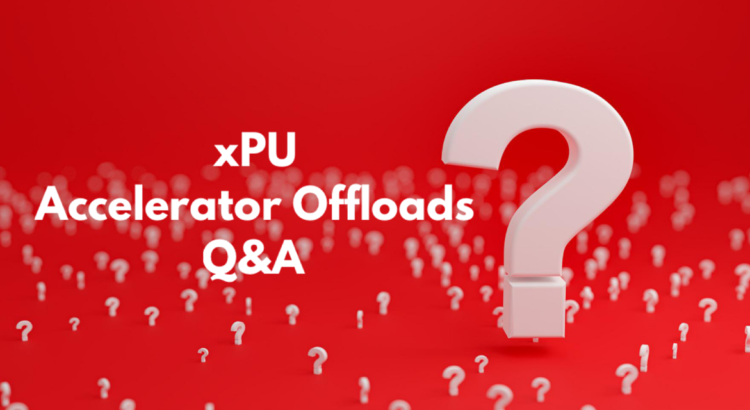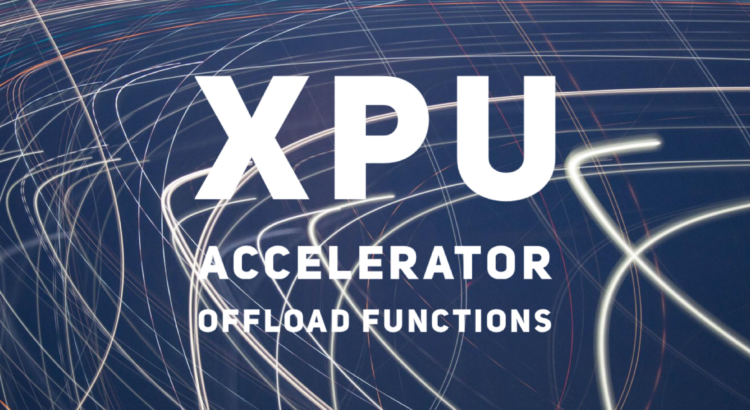Workloads using generative artificial intelligence trained on large language models are frequently throttled by insufficient resources (e.g., memory, storage, compute or network dataflow bottlenecks). If not identified and addressed, these dataflow bottlenecks can constrain Gen AI application performance well below optimal levels.
Given the compelling uses across natural language processing (NLP), video analytics, document resource development, image processing, image generation, and text generation, being able to run these workloads efficiently has become critical to many IT and industry segments. The resources that contribute to generative AI performance and efficiency include CPUs, DPUs, GPUs, FPGAs, plus memory and storage controllers. Read More








